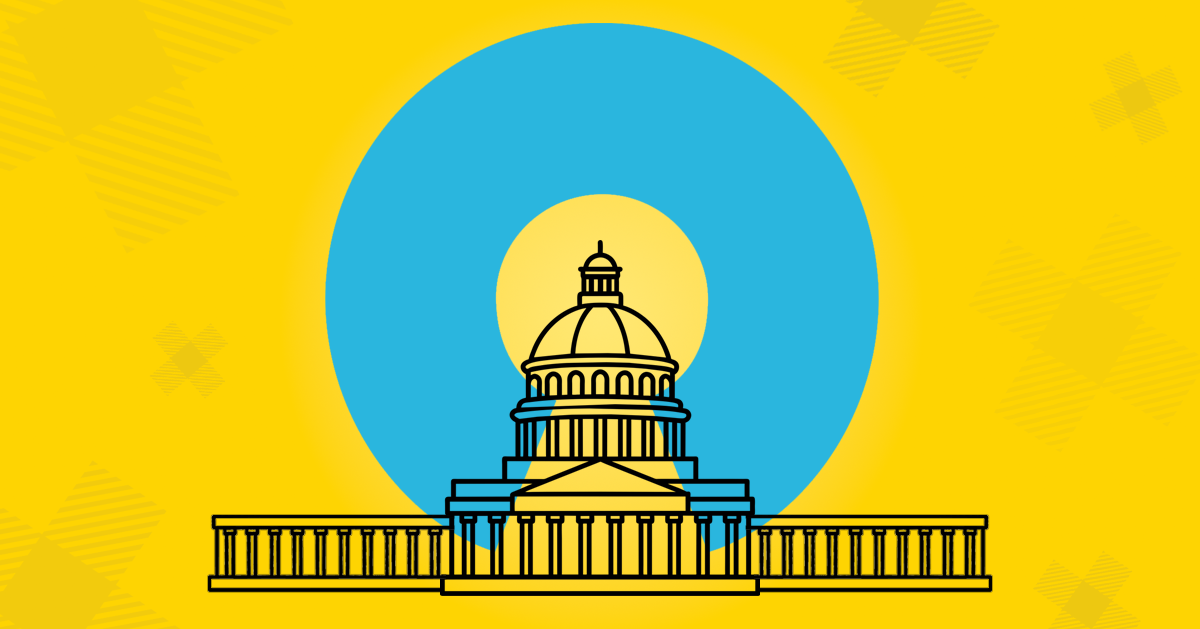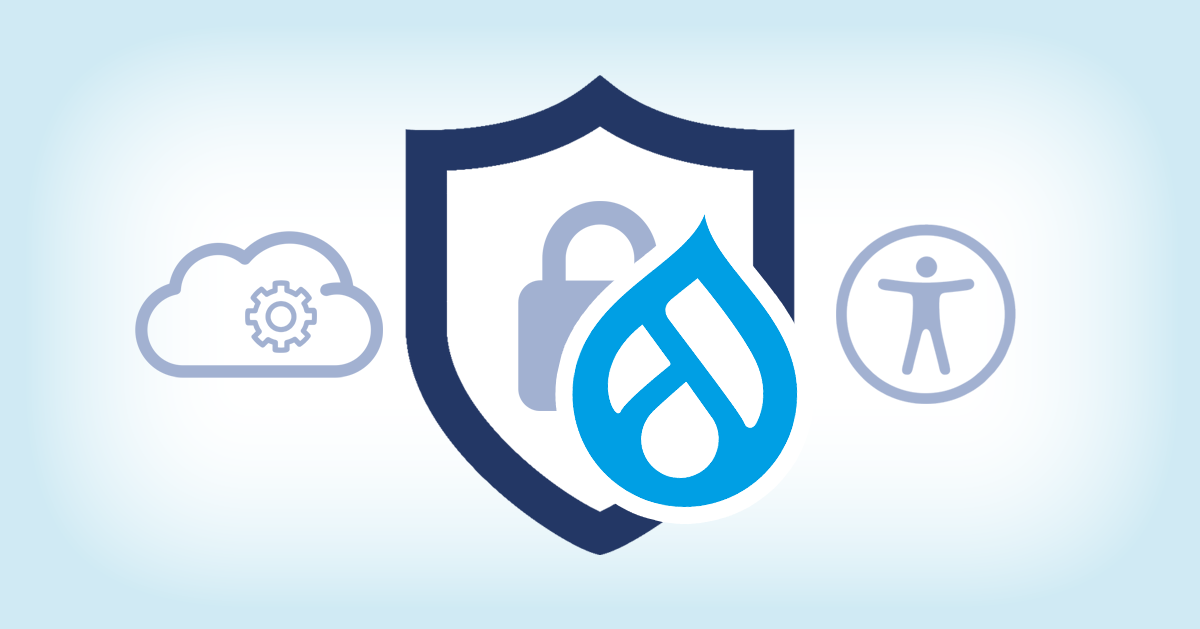It’s 8:00 AM on a Monday, and the state unemployment portal is already crashing under the weight of thousands of applicants. Call centers are jammed. Frustrated citizens are refreshing error screens. Behind the scenes, agency staff are scrambling—held hostage by infrastructure built before smartphones even existed.
Scenes like this aren’t rare. In fact, they’ve become all too common. From overwhelmed benefits portals to slow disaster response systems, the public sector is facing a reckoning: legacy systems can no longer meet the moment.
Enter the cloud.
For government agencies, cloud computing offers more than just new technology—it opens the door to resilience, agility, and citizen-centered service. But making the shift isn’t just a technical decision. It’s an organizational transformation that involves policy, security, people, and purpose.
Here’s what government leaders should know as they consider the journey to cloud adoption.
Why Governments Are Moving to the Cloud
Faster, More Reliable Services
Cloud infrastructure enables agencies to scale on demand. During COVID-19, states like New Jersey and Illinois rapidly migrated unemployment systems to the cloud to handle unprecedented spikes in traffic. The result? Faster benefit processing, fewer outages, and more confidence from the public.
Reduced Costs, Better Value
Cloud adoption eliminates the need for costly on-premise servers and the teams that maintain them. With a pay-as-you-go model, agencies only pay for what they use—freeing up budget for modernization efforts, rather than maintenance.
Real-Time Innovation
The cloud isn’t just about storage. It unlocks access to real-time analytics, machine learning, and AI tools. Cities like Los Angeles have used cloud-based data platforms to predict pothole locations and prioritize repairs before damage worsens—saving money and improving public satisfaction.
Built-In Security and Compliance
Modern cloud platforms come equipped with robust security features, often exceeding federal standards. FedRAMP-authorized providers, for example, offer end-to-end encryption, audit logging, and continuous monitoring—tools that many internal IT teams would struggle to maintain alone.
Flexible, Scalable Infrastructure
When Hurricane Ian hit Florida, state agencies used cloud tools to coordinate emergency response in real time—sharing data across departments and supporting mobile access for first responders. Cloud elasticity allowed for quick expansion and faster coordination in the field.
Challenges to Address Head-On
Legacy Integration
Many agencies still rely on mission-critical systems that were custom-built decades ago. Cloud migration must be approached with a thoughtful roadmap: phased, tested, and designed for interoperability—not just replacement.
Change Management and Culture
Moving to the cloud means more than moving servers. It means retraining teams, shifting to agile workflows, and embracing new ways of working. As one agency CIO put it, “We realized the hardest part wasn’t the tech—it was helping people trust it.”
Data Governance and Control
Security in the cloud is strong, but it’s shared. Agencies must establish clear governance policies: Who owns the data? Who can access it? How is it archived, encrypted, or shared with third parties?
Vendor Lock-In
Choosing a single cloud provider may seem convenient, but it can limit flexibility long-term. A hybrid or multi-cloud strategy—one that includes strong contract language and clear exit strategies—can prevent costly dependence.
What to Consider Before Making the Move

- Start With Strategy, Not Technology
What outcomes are you driving toward? Improved access? Faster response times? Reduced costs? Begin by assessing where your agency is today—and where it needs to be tomorrow. From there, determine the right model: public, private, hybrid, or community cloud.
- Prioritize Security From the Ground Up
Security can’t be an afterthought. Build a culture of shared responsibility across IT, operations, and leadership. Ensure all vendors meet federal compliance standards (FedRAMP, FISMA, NIST), and map out your agency’s own internal policies and protocols.
- Design for the Citizen
Cloud adoption should always come back to this question: Does this improve the citizen experience? Whether that’s faster access to services, better transparency, or more reliability, the end user must stay at the center of the design.
- Choose the Right Partner
Don’t go it alone. Look for technology partners who understand the complexities of government—procurement cycles, compliance, public accountability—not just cloud infrastructure. The best partners will help you build for today and scale for tomorrow.
Looking Ahead
The adoption of cloud services isn’t just about modernization—it’s about mission.
From health departments using real-time dashboards to track outbreaks, to transportation agencies deploying predictive maintenance tools, the cloud is helping government do what it does best: serve.
But successful adoption requires more than plugging into new platforms. It requires vision, commitment, and collaboration between people who understand that good government isn’t just about uptime—it’s about impact.
At The Canton Group, we’ve spent over two decades helping public agencies modernize, adapt, and thrive. We build solutions that work in the real world—secure, scalable, and ready for whatever comes next.
Let’s build the future of public service—together.


